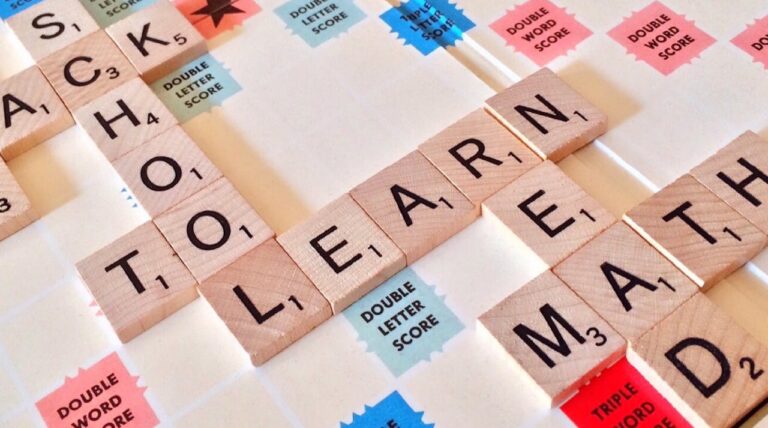GES-3 Test

What is the GES-3 Test and how is it used to identify gifted children?
The GES-3 (Gifted Evaluation Scale – Third Edition) is a behavioral rating tool used by teachers, psychologists, and parents to help identify gifted children from preschool through high school. Unlike IQ or academic tests, the GES-3 focuses on observable traits such as creativity, leadership, and intellectual curiosity. It plays a key role in the gifted screening process by evaluating a child’s potential beyond test scores. On this page, you’ll learn what the GES-3 measures, how it’s scored, and how it supports gifted program placement.
The GES-3 (Gifted Evaluation Scale – Third Edition) is a standardized rating tool used by educators and psychologists to help identify children with gifted characteristics. Unlike ability or IQ tests, the GES-3 is a behavioral observation scale that gathers insights from teachers, parents, and professionals who know the child well.
It is often used as part of the screening process for gifted and talented education programs in the United States.
Who Uses the GES-3?
The GES-3 is commonly used in:
Public and private schools
Early identification for gifted programs (Pre-K through Grade 12)
Supplementing other cognitive or achievement tests (like the WPPSI-IV or WISC-V)
The scale helps identify gifted traits that may not appear through testing alone, such as creativity, motivation, and leadership.
GES-3 Scales and Areas Evaluated
The GES-3 evaluates giftedness across five major areas:
| Scale | What It Measures |
|---|---|
| Intellectual Ability | Advanced thinking, problem-solving, and reasoning |
| Academic Ability | High achievement or potential in schoolwork |
| Creativity | Original ideas, imagination, and innovative thinking |
| Artistic Talent | Visual art, music, drama, or other expressive abilities |
| Leadership | Influence over peers, initiative, responsibility |
GES-3 Scoring and Interpretation
Each of the five areas produces a standard score, with an average of 100. Higher scores suggest greater gifted potential. The results can support placement decisions, especially when used alongside IQ tests or achievement tests.
A score above 120 in one or more scales often supports further gifted program evaluation.
Benefits of the GES-3 in Gifted Identification
Non-intrusive: No testing is required—just behavioral observation.
Multiple viewpoints: Allows input from both teachers and parents.
Holistic: Assesses traits beyond academic intelligence, like leadership and creativity.
The GES-3 is especially useful for identifying underrepresented gifted populations, including English language learners and students with learning differences.
How to Prepare for GES-3 Evaluation
Although children do not “study” for the GES-3, parents can support their child’s development in gifted areas by:
Encouraging curiosity and open-ended thinking
Providing challenging materials and opportunities
Supporting artistic or leadership activities
Talking with teachers about strengths and classroom behaviors
Free Gifted Test Practice and Tips
While the GES-3 itself is an observation scale, your child may also need to take cognitive or academic tests like the NNAT, CogAT, or WPPSI-IV. Our site offers free practice tests that can help you prepare for those formal assessments.
GES-3 Test – Frequently Asked Questions
The GES-3 (Gifted Evaluation Scale – Third Edition) is a standardized rating tool used by teachers, parents, and professionals to evaluate behavioral characteristics of gifted children. It helps identify gifted traits across intellectual, academic, creative, artistic, and leadership domains.
The GES-3 is typically completed by teachers, school counselors, psychologists, or parents who are familiar with the child’s behavior and performance. It is a professional judgment-based tool, not a test administered to the child.
The GES-3 can be used with children from preschool through 12th grade. It is suitable for identifying giftedness across a wide range of developmental stages.
The test evaluates five key traits often associated with gifted children:
Intellectual Ability
Academic Ability
Creativity
Artistic Talent
Leadership
Each area is scored based on behavioral indicators and observations.
No. The GES-3 is not a cognitive or IQ test—it is a rating scale based on observable behaviors. However, it is commonly used alongside standardized tests like the WPPSI-IV, WISC-V, or CogAT to provide a more complete picture of a child’s abilities.
Each behavioral item is rated on a scale of 1 (never observed) to 5 (frequently observed). Scores are totaled and converted into standard scores, with 100 as the average. Scores above 120 in any domain typically indicate gifted potential.
Not directly. The GES-3 is not a test your child takes—it is based on how your child naturally behaves and performs over time. However, encouraging curiosity, creative play, academic engagement, and leadership can nurture the traits the GES-3 measures.






